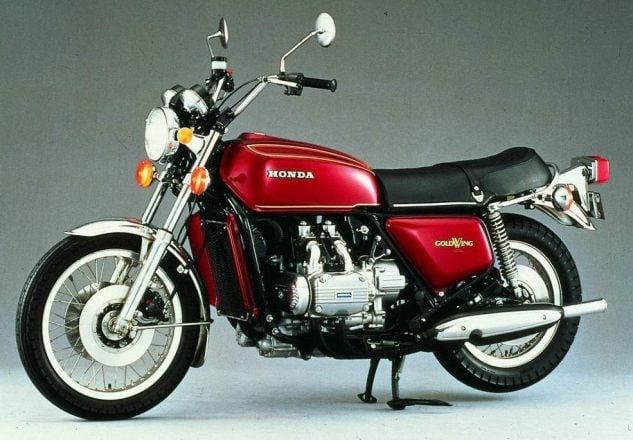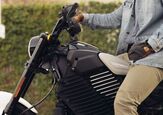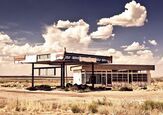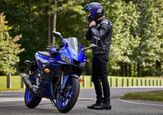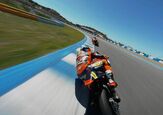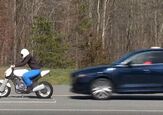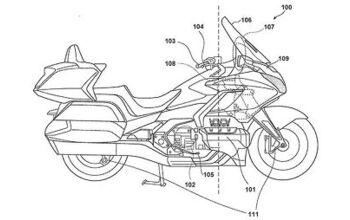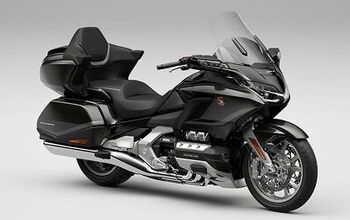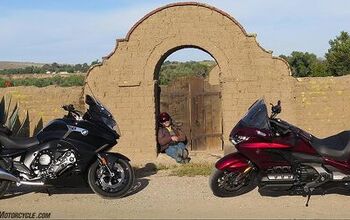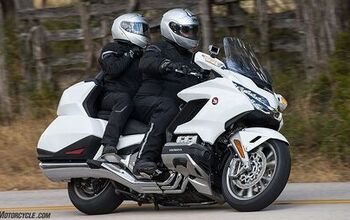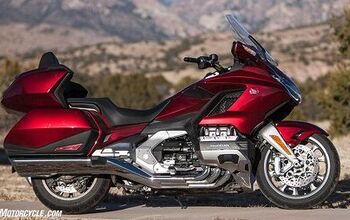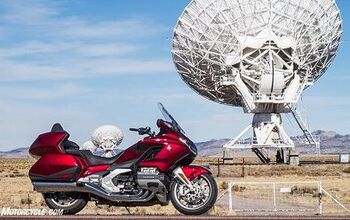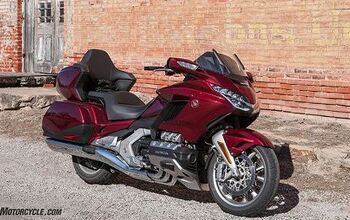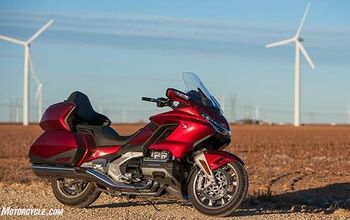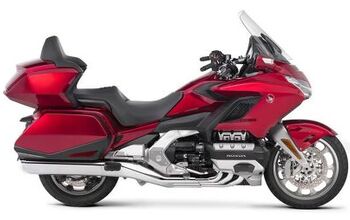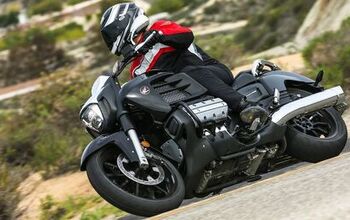Honda Gold Wing Motorcycles
The Honda Gold Wing has been for years the world’s most famous touring motorcycle, and for many of them the best, according to the critics. But when the GL1000 was first introduced in 1975, without any of the gadgetry or all-encompassing fairing that makes the bike instantly identifiable, it wasn’t clear what purpose the new bike was meant to serve; the thing it would eventually evolve into was almost completely unforeseen. Developed by Toshio Nozue (also responsible for the CB750), Honda simply described that first Gold Wing as "the ultimate motorcycle," all yours for $2899.
The original was too heavy (647 pounds fully fueled) and too slow (80 horsepower) to be a performance bike, and it was too big (60.5” wheelbase) to be considered a standard. Honda billed it as a “do-it-all” bike, but by the end of 1975, Honda Gold Wing owners understood exactly what the bike was meant for – comfortable long-distance riding.
Two years later the luxurious Honda Gold Wing Aspencade (named after a popular GW rally) was launched with a long list of standard equipment including an on-board air-compressor for adjusting its suspension. Beginning its role as a showcase for fresh Honda tech, in 1983 the GL1100 debuted unified braking and Honda's advanced Torque Reactive Anti-Dive Control braking system (TRAC).
2001, the year of the Space Odyssey, brings a thoroughly redesigned GL1800, now with a fuel-injected boxer Six displacing 1832 cc. There’s a stiff new racing-inspired aluminum beam frame, optional ABS braking – and 20 patents for technological innovations. This Gold Wing enjoyed a 17-year run, updating along the year’s with such features as in-dash GPS in 2006, a heated seat and handgrips, and a GL1800 with the world's first motorcycle airbag, also in 2006. In 2009, Gold Wing production was moved from the Marysville, Ohio, plant back to Japan, but Honda still produces cars in Marysville, as it has done ever since it built its first Accord in 1982.
This is the 2018 Gold Wing, which does not have a trunk like the Gold Wing Tour does. It’s still an awesome touring bike, but it’s also a bagger, just what all the hep cats want.



